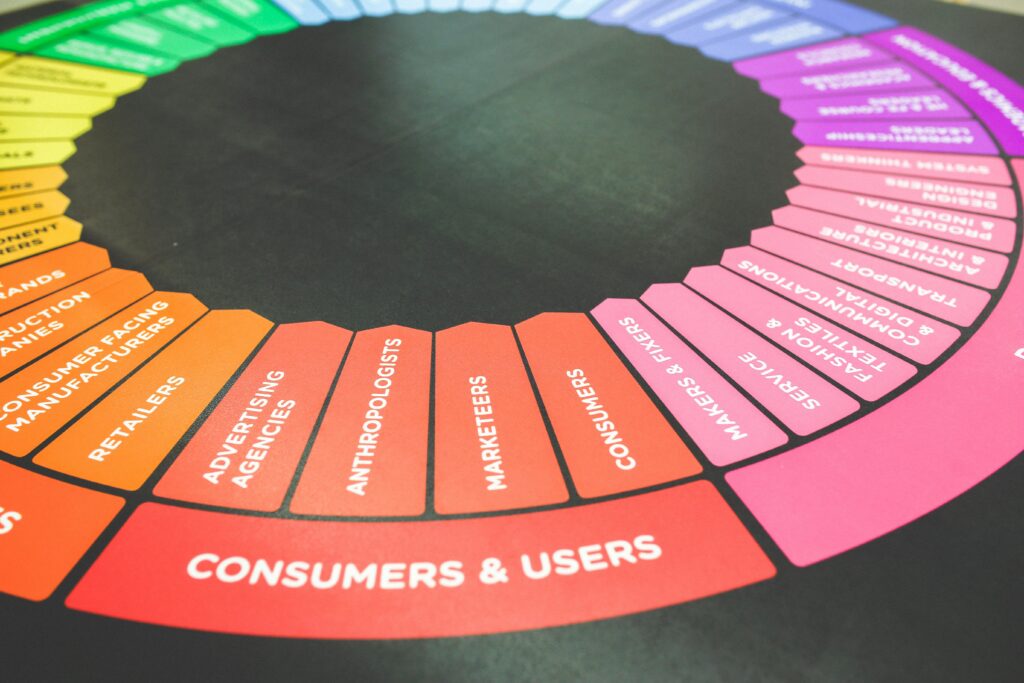AI in Marketing: Brands Using AI for Content
Generative artificial intelligence (AI) is rapidly transforming the marketing landscape, enabling brands to create personalized, innovative, and efficient content at an unprecedented scale. Marketing leaders across industries are leveraging generative AI to enhance customer engagement, streamline content creation, and boost marketing return on investment (MROI).
Personalization at Scale
One of the most significant advantages of generative AI in marketing is its ability to deliver “personalization at scale”. By analyzing vast amounts of consumer data, AI algorithms can tailor content to specific audience segments quickly and efficiently.
For example, beauty giant L’Oréal has launched an app that offers haircare and makeup recommendations customized for individual users. This level of personalization not only increases customer engagement but also drives higher conversion rates and brand loyalty.
Mastercard exemplifies this approach by using advanced AI algorithms to generate thousands of personalized marketing messages, ensuring that communications resonate deeply with individual consumers. Such hyper-personalized content can improve customer lifetime value and contribute to revenue growth, as demonstrated by studies in the banking sector showing a 3-5% increase in revenue through improved product personalization.
Creative Innovation and Content Generation
AI tools can generate diverse variations of ad copy, visuals, and even product designs, fueling innovation within marketing teams. BMW’s collaboration with creative technologists to produce the “Ultimate AI Masterpiece” campaign using Nvidia’s StyleGAN software is a prime example of AI-driven creativity blending art and advertising. Similarly, Coca-Cola’s “Create Real Magic” platform allowed users to generate AI-created artwork and personalized holiday cards, engaging over 120,000 users and enhancing their brand experience.
Nutella took AI creativity further by designing 7 million unique jar labels using AI, which quickly sold out, demonstrating the power of AI in product differentiation and consumer appeal.
Enhanced Customer Experience
Generative AI also plays a crucial role in optimizing the customer journey. By analyzing customer feedback and behavior, AI helps brands refine messaging, improve product offerings, and streamline purchasing processes. Starbucks’ AI platform, Deep Brew, collects data on customer preferences and operational metrics to provide personalized drink recommendations, optimize store locations, and automate inventory management, all while maintaining a human touch in customer interactions.
Amazon uses generative AI to summarize product reviews and offer personalized product recommendations, simplifying decision-making for shoppers and enhancing the overall shopping experience.

Efficiency and Strategic Focus
Beyond content creation, generative AI automates time-consuming tasks such as content tagging, research synthesis, and documentation. This automation frees marketers to focus on strategic initiatives and customer experience design. For instance, banks have used AI to generate 60% of new product documentation, accelerating time to market. Pfizer’s Global CMO emphasizes that AI complements rather than replaces marketers by increasing the quantity and variety of content stimuli that humans can optimize.
Notable Brand Examples Using Generative AI
- BMW: Created AI-generated art projected onto cars for a luxury campaign, connecting emotionally with customers.
- Coca-Cola: Used AI to co-create art and personalized content, including an AI-generated holiday card platform and an AI-co-created new flavor campaign.
- Mastercard: Uses AI for hyper-personalized marketing communications at scale.
- Spotify: Employs AI to generate personalized playlists and narratives, enriching user content experiences.
- Starbucks: Implements AI to personalize orders and optimize store operations with its Deep Brew platform.
- BMW: Created AI-generated art projected onto cars for a luxury campaign, connecting emotionally with customers.
- Amazon: Uses AI to improve product review summaries and tailor recommendations.
Challenges and Cons of Generative AI in Marketing
« check our article focusing on the risks of AI here »
Despite its many benefits, generative AI also presents notable challenges that marketers must navigate carefully. A primary concern is the risk of bias and misinformation: AI models trained on unbalanced or incomplete data can perpetuate stereotypes or generate inaccurate content, which can harm brand credibility and even lead to legal issues. For example, AI-generated content may “hallucinate” facts, confidently presenting false information that requires diligent human oversight and fact-checking.
Another significant drawback is the loss of the human touch. According to a 2025 consumer survey, 59% of respondents felt that brands using AI lacked the personal connection that human marketers provide. Additionally, 57% cited concerns about job losses and the inability to speak to a real person, while 40.5% worried about AI misleading consumers. AI-generated content often lacks the emotional depth, cultural nuance, and authentic storytelling that resonate with audiences, sometimes resulting in generic or robotic messaging that dilutes brand identity.
Legal and ethical issues also loom large. The use of AI can raise copyright and intellectual property concerns since AI systems are often trained on protected materials without clear ownership rights. Privacy issues arise when AI collects and processes large amounts of consumer data without explicit consent, potentially breaching regulations and customer trust. Furthermore, the environmental impact of training large AI models is non-negligible, as it requires substantial computational power and energy consumption, raising sustainability concerns.
Finally, while AI can accelerate content production, it is not a “set-it-and-forget-it” solution. Human expertise remains essential to review, edit, and contextualize AI outputs to ensure quality, relevance, and alignment with brand voice and strategy.
If you would like to know more about the world of startups, or have any questions regarding starting one, do not hesitate to contact us, or book a consultation with one of our colleagues by clicking here.







